These images were all taken over the last eight days, either at Bear River Migratory Bird Refuge or Antelope Island. Another one of my “potpourri” posts with no common theme except “feathers”.
1/640, f/7.1, ISO 640, 500 f/4
The Willets have finally come up on the island for their mating activities (as opposed to the shoreline for recuperation after migration) and I like to try to catch them perched high on the sagebrush where they call loudly to other Willets.
1/2500, f/6.3, ISO 500, 500 f/4, 1.4 tc
Western Meadowlarks are in their glory right now and their distinctive songs reverberate all over the island.
1/5000, f/6.3, ISO 500, 500 f/4, 1.4 tc
I got closer to this one than I usually can.
1/1600, f/7.1, ISO 500, 500 f/4
This Loggerhead Shrike was grooming peacefully when I noticed a distinct change in its behavior.
1/1250, f/7.1, ISO 500, 500 f/4
A Common Raven flew low overhead and this was the shrike’s reaction. It flattened its body out almost into a bullet shape and pointed that bullet at the raven as it passed. I’m guessing it was an instinctive behavior to present the smallest profile possible to a larger bird that might be a potential threat. It was comical to watch it turn as the raven flew by to keep its body pointed in the larger birds direction.
1/2000, f/6.3, ISO 500, 500 f/4, 1.4 tc
I’m always happy to catch a Chukar perched on a boulder, especially when it isn’t one of the Tintic Quartzite rocks that are usually bright white and make a difficult perch to expose properly. This time of year Chukars commonly call from these boulders but until lately I’d never seen one perched in a tree or bush.
1/1600, f/8, ISO 500, 500 f/4
But recently I’ve found two Chukars perched on the top of sagebrush.
1/1000, f/8, ISO 500, 500 f/4
This is the same bird and I include the image just for fun and also to illustrate an interesting behavior. Chukars are quite reluctant to fly and will scurry away through the brush when presented with a threat. Even when they leave their large boulder perches they almost never fly. Instead they jump from rock to rock and then to the ground – which is why I sometimes call them “rockhoppers”. This behavior is so deeply ingrained that when this bird decided to leave the sagebrush it didn’t fly – instead it worked its way down to the ground by crawling through all the thick twigs and branches in the middle of the sagebrush. Here it’s just beginning to descend – in later shots you can barely see the bird through all the branches.
1/1600, f/6.3, ISO 500, 500 f/4, 1.4 tc
These last four shots were taken at Bear River MBR last week. I can almost never resist firing away at Cinnamon Teals – for me the males are one of the most striking of all the ducks.
1/3200, f/6.3, ISO 500, 500 f/4, 1.4 tc
I found this image interesting because of what it illustrates about how American Avocets feed. You can see invertebrates held in place between the two mandibles by the surface tension of a film of water.
1/3200, f/6.3, ISO 500, 500 f/4, 1.4 tc
A large crop of the same image for a better look at this interesting feeding behavior.
1/6400, f/6.3, ISO 500, 500 f/4, 1.4 tc
The intensely red eye of Clark’s and Western Grebes always catches my attention. This one is a Clark’s.
1/1250, f/6.3, ISO 640, 500 f/4, 1.4 tc
I always hope to find a Short-eared Owl or two on each trip to Bear River. Sure wish I’d caught this one on a natural perch though. This one’s for you Ingrid!
Ron


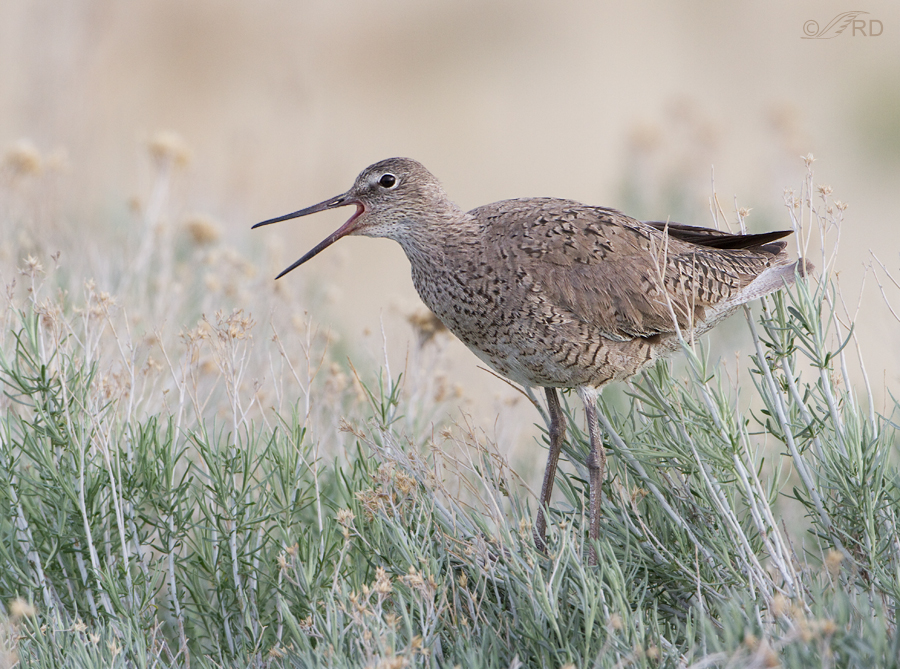


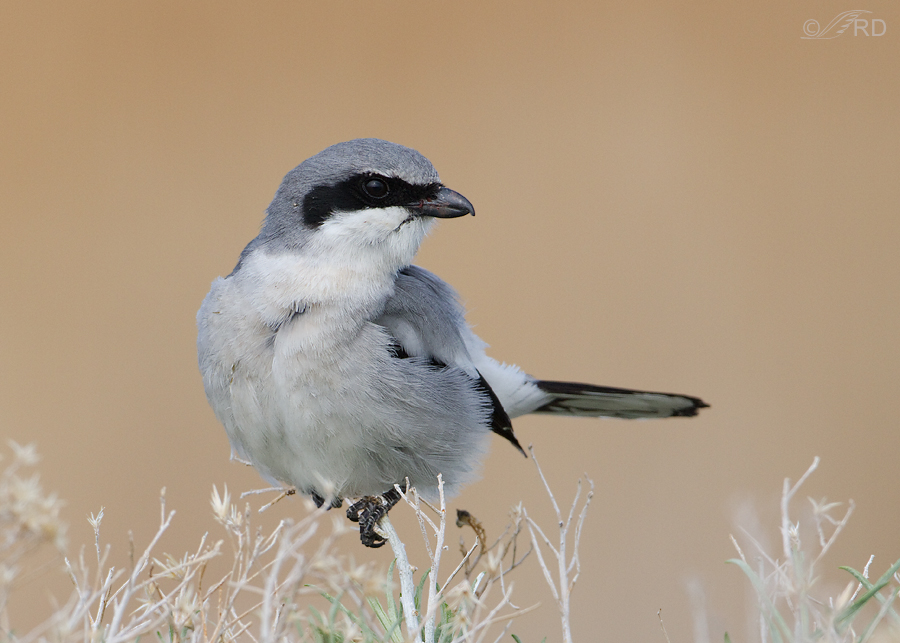

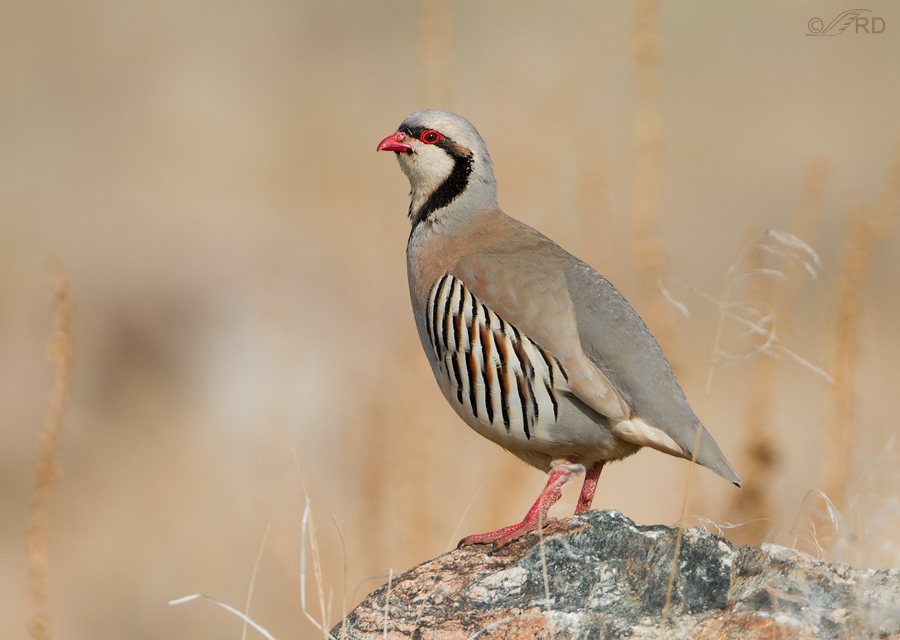
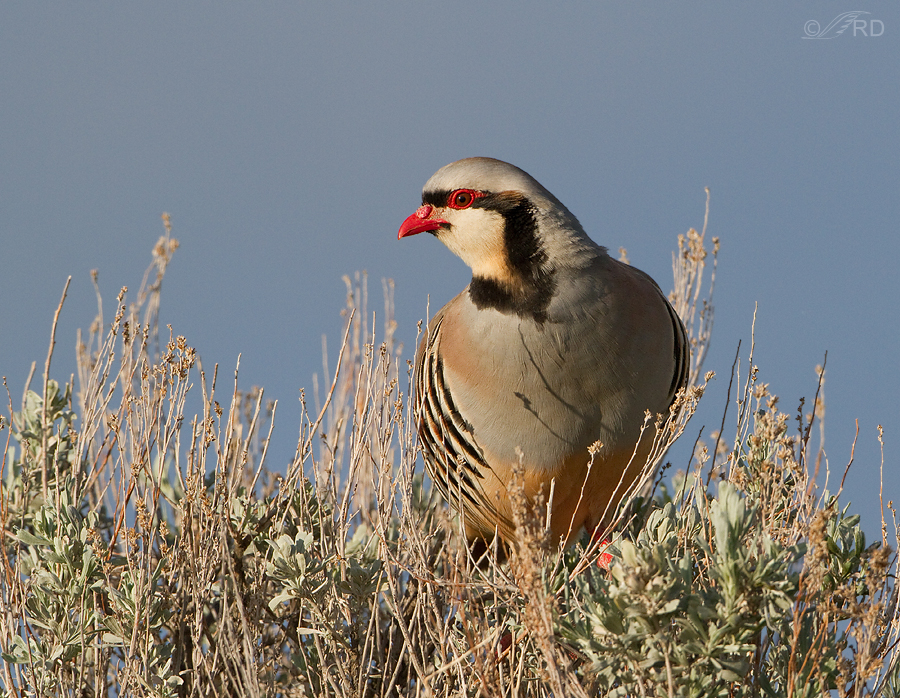
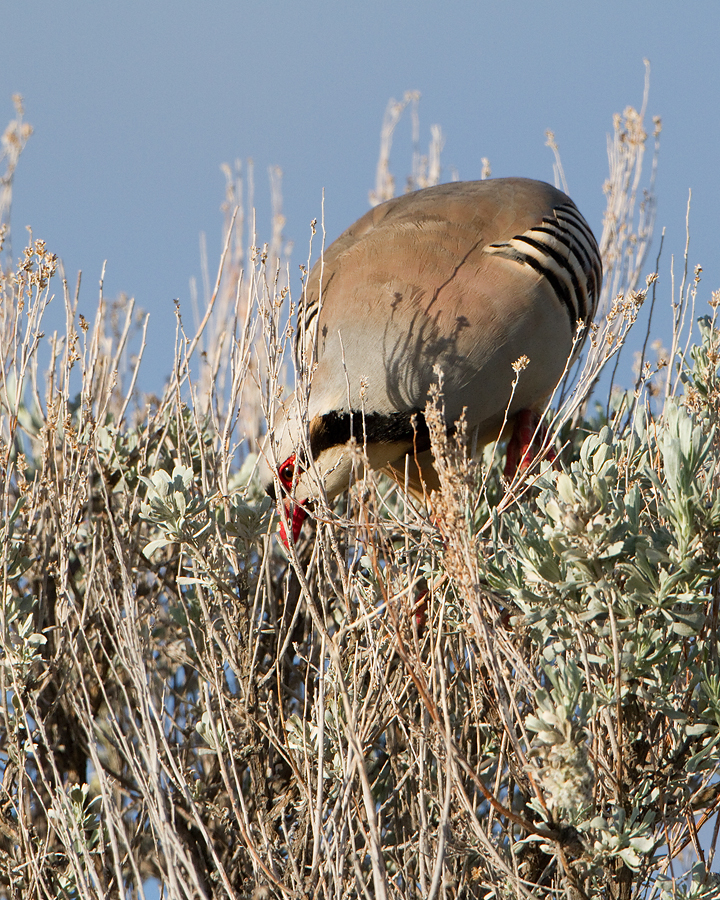



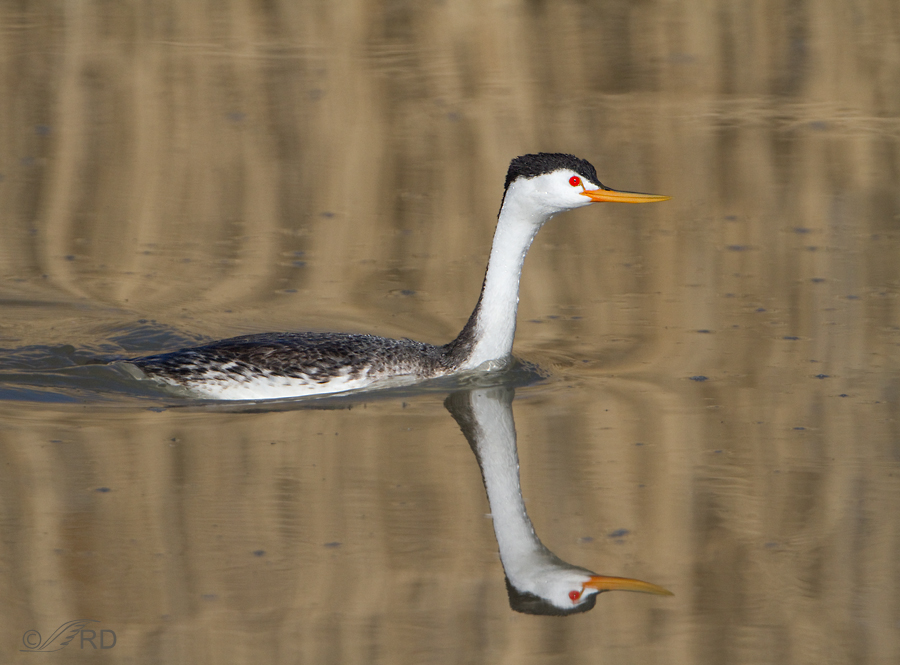
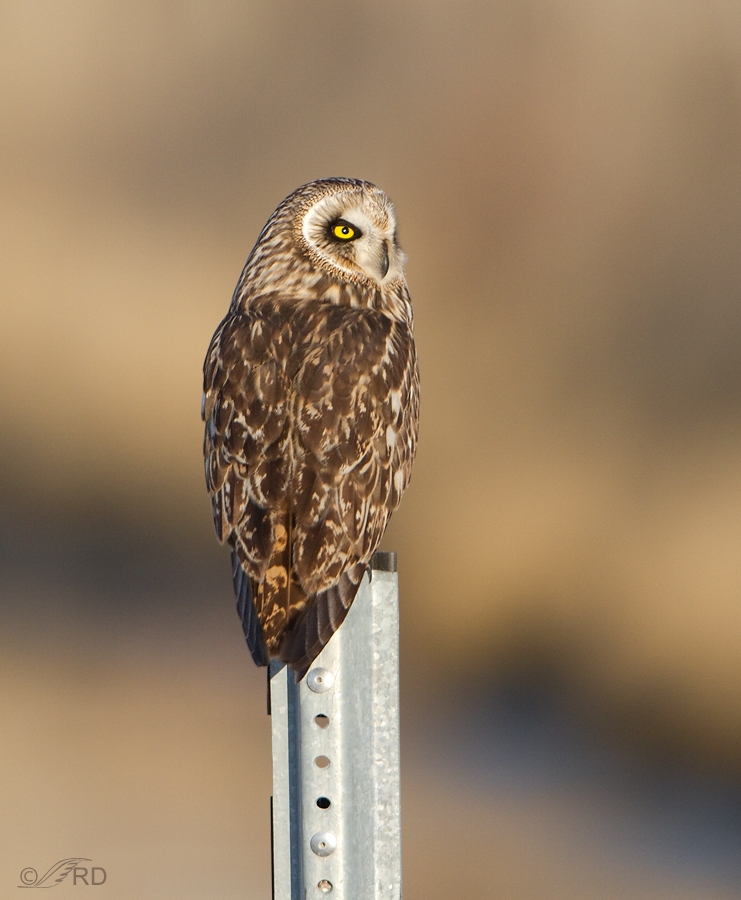
Magnificent Shrike images – some of the best I’ve seen, and the SEO portrait is great.
Always a pleasure to visit your blog. I always learn something about birds behavior. I was hoping to be on Antelope Island in April again but it didn’t work out this year. Since I try to extend my business trips over a weekend, I still hope it may happen later this year.
I always like how close you get to the birds from your “mobile blind”. Something I still have to work on.
Thanks Andreas. For me, shooting from my pickup is the only way to go in most situations. The birds are simply more tolerant of a vehicle than they are of a person on foot.
The Shrike and Chukar behaviors are really interesting, and beautifully documented as usual.
Oooh and Aaaah. The colour in the meadow larks is incredible. But I am unable to resist an owl. Or a duck. Thank you – a delight as always.
Thank you Elephant’s Child.
Absolutely stunning shots! I love the meadowlarks, their singing sets my soul alight!
Tana, I agree – there’s just something about the song of the meadowlark that can lift the spirit. Especially in the springtime.